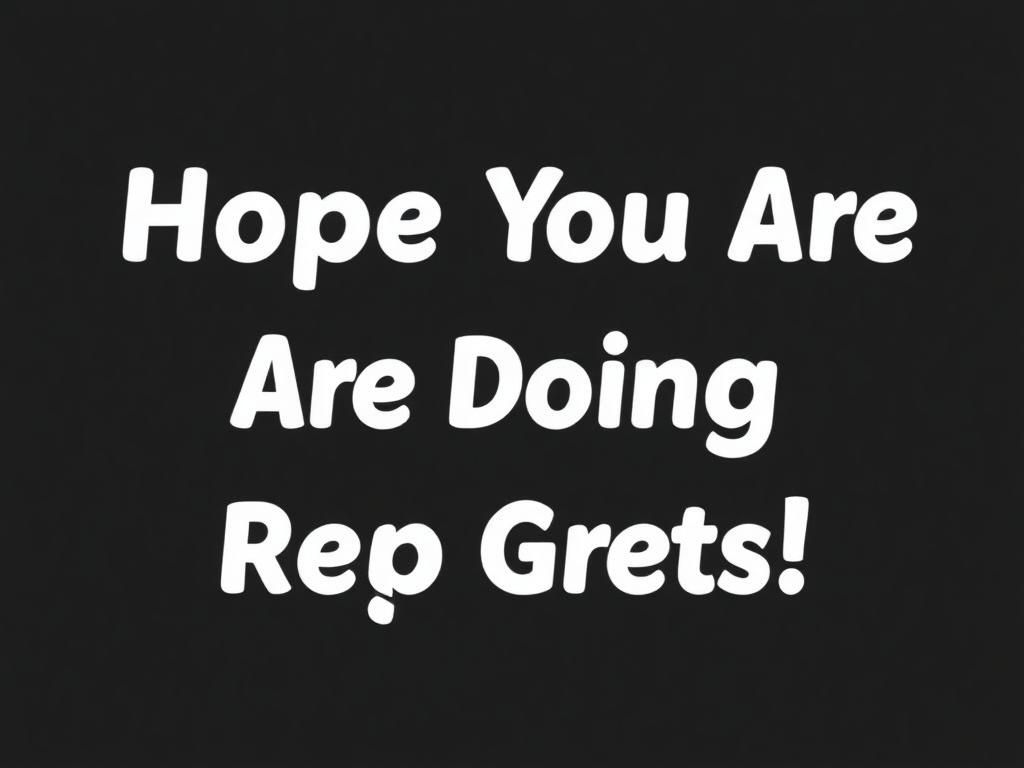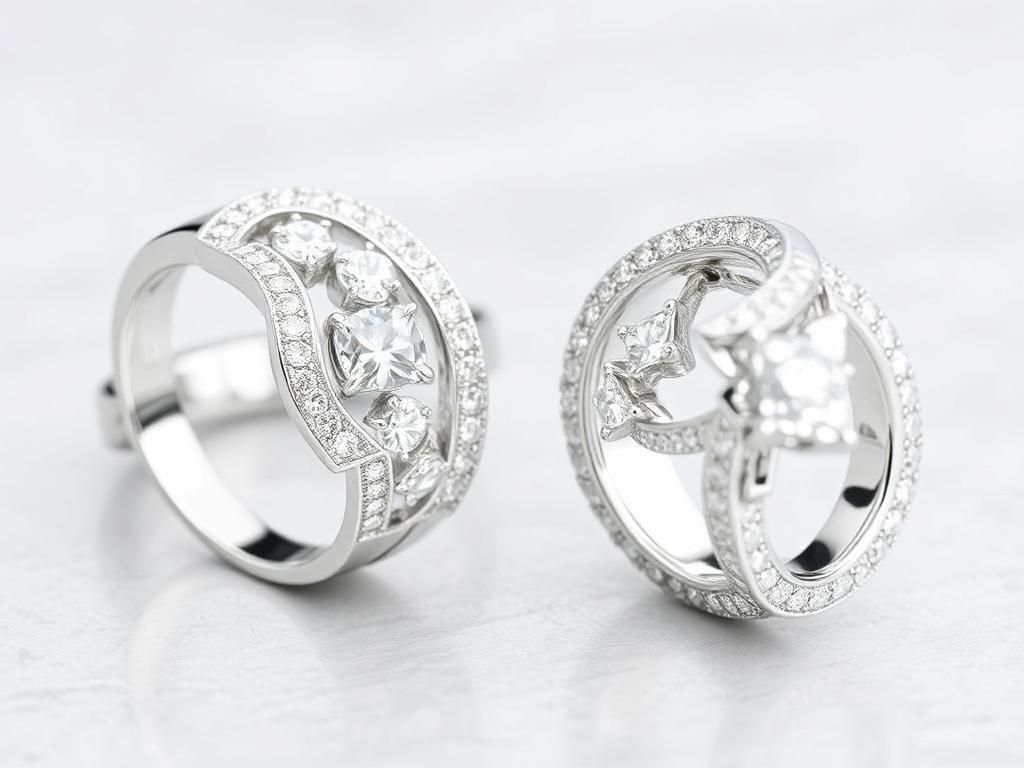Polite responses play a crucial role in effective communication, serving as gateways that shape conversations and relationships. An acknowledgment of greetings, such as the phrase “hope you are doing great”, not only reinforces interpersonal connections but also fosters a positive atmosphere. When we reply thoughtfully, we set the tone for the ongoing dialogue, making it essential to craft our responses with care. Whether in a casual chat with friends, a professional setting with colleagues, or a formal interview, how we respond can reflect our emotional intelligence and respect for the other person.
Different Contexts for Replying
Casual Settings
In casual settings, such as conversations among friends or family, a friendly tone is significant. Casual replies can vary widely, but the essence is warmth and familiarity. For instance:
- “I’m doing well, thank you! Hope you are too.”
- “Thanks for asking! I’m great and hope the same for you.”
Such friendly responses not only convey your current state but also invite the other person to continue the conversation. Use humor or shared experiences to energize these exchanges.
Professional Settings
In professional contexts, it’s important to strike the right balance between professionalism and warmth. Recommended replies could include:
- “I appreciate your message! I’m well, thank you. How can I assist you today?”
- “Thank you for reaching out. I’m doing fine and hope your week is going well too.”
These suggestions allow for an engaging yet courteous interaction, reinforcing your professionalism while recognizing the other person’s sentiment.
Formal Settings
In more formal situations, such as job interviews or client communications, your responses should maintain a serious tone while being courteous. Consider these examples:
- “Thank you for your kind words. I am looking forward to our discussion.”
- “I sincerely appreciate your inquiry. I am doing well and hope to provide valuable insights today.”
Responses in formal settings show respect for the context and the people involved while still being polite and engaging.
Examples of Replies
Positive Responses
Positive responses uplift the conversation, encouraging connection. Simple affirmations work well, such as:
- “I’m fantastic! Just got back from a vacation, how about you?”
Using elaborative responses not only shares your situation but also invites the other person to contribute their updates.
Neutral Responses
Sometimes, your feelings may be mildly indifferent. Neutral replies are perfect for maintaining the conversation without diving deep:
- “I’m okay, thanks! How about yourself?”
- “Doing alright, thanks for checking in!”
These types of responses convey acknowledgment without inviting a deeper discussion, making them suitable for brief interactions.
Negative Responses
Acknowledge difficulties but remain polite and respectful. Examples of tactful negative responses include:
- “I’ve had better days, but I appreciate your thoughtfulness.”
- “Things have been a bit challenging, but I’m managing. How are you?”
This approach maintains openness while also encouraging empathy and support from the other person.
Tips for Crafting Your Response
Personalization
Tailor your replies according to your relationship with the other person. Personal updates can further enrich your conversation. Incorporate details that reflect your experiences or shared interests to enhance engagement.
Tone Considerations
Adjust the tone based on the context. Casual conversations can merit a playful tone, while professional settings require more formality. Be mindful of emotional undertones, as these can change the impact of your message significantly.
Timing of Responses
Timeliness is crucial in maintaining the flow of communication. Quick replies contribute to richer discussions. Aim to respond promptly to ensure the other person feels valued and attended to.
Common Mistakes to Avoid
Being Overly Casual in a Professional Setting
Using overly casual phrases in professional contexts can create inappropriate boundaries. Phrasing such as “Hey you, what’s up?” can diminish your credibility. Maintain a level of professionalism that respects the workplace environment.
Ignoring the Other Person’s Mood
Failing to read emotional cues can be detrimental to communication. Acknowledging the other person’s mood fosters empathy. Consider responses like “I noticed you’ve been busy lately. How are you holding up?” to show you care.
Using Generic Replies
Generic replies can come off as insincere. Personalization adds immense value to interactions. Aim to move beyond responses like “I’m good” to something more tailored, such as sharing a recent accomplishment or experience.
The Power of a Thoughtful Reply
Considering the feelings of your conversation partner can greatly enhance interpersonal relationships. Words have the power to uplift or diminish, so investing time in crafting a considerate response can help foster genuine communication and connection. Every interaction presents an opportunity to strengthen your bonds.
Call to Action
Practice crafting tailored replies in different contexts. Consider keeping a list of personalized responses to have at the ready for various scenarios, enhancing your conversational skills.
Additional Resources
Links to Articles on Communication Skills
For further exploration of communication mastery, check out MindTools on effective communication.
Recommended Books on Effective Communication
Consider reading “How to Win Friends and Influence People” by Dale Carnegie, an insightful guide to building strong connections.
Courses or Workshops to Improve Interpersonal Skills
Explore workshops offered by local community colleges or online platforms like Coursera to enhance your interpersonal communication skills.
FAQ Section
1. What does “hope you are doing great” mean?
It is a polite way to inquire about someone’s well-being, showing that you care.
2. How should I respond to a colleague’s message?
Acknowledge their inquiry with warmth while maintaining professionalism.
3. Can I use a casual tone in a formal email?
It’s best to keep the tone formal in professional emails to maintain respect.
4. What if I’m not feeling great but want to reply politely?
You can acknowledge your feelings while expressing gratitude for their thoughtfulness.
5. How often should I respond to greetings?
Make it a habit to respond to greetings to enhance communication and show attentiveness.
6. Why is personalization important in replies?
Personalized replies foster deeper connections and convey sincerity in communication.
7. What is the impact of timely responses?
Timely replies help maintain momentum in conversations, making others feel valued.
8. How can I improve my communication skills?
Practice active listening, engage in meaningful conversations, and seek feedback.
9. Is it okay to use emojis in replies?
Emojis can add a fun element in casual settings but should be avoided in formal communications.
10. How can I maintain a professional tone while still being friendly?
Use polite language, express interest in the other person’s well-being, and keep the dialogue respectful.
Table Summarizing Key Points
| Context | Reply Examples | Tone |
|---|---|---|
| Casual | I’m doing well, thank you! Hope you are too. | Friendly |
| Professional | Thank you for reaching out. I’m doing fine and hope your week is going well too. | Respectful |
| Formal | Thank you for your kind words. I am looking forward to our discussion. | Serious |
| Neutral | I’m okay, thanks! How about yourself? | Neutral |
| Negative | I’ve had better days, but I appreciate your thoughtfulness. | Polite |


